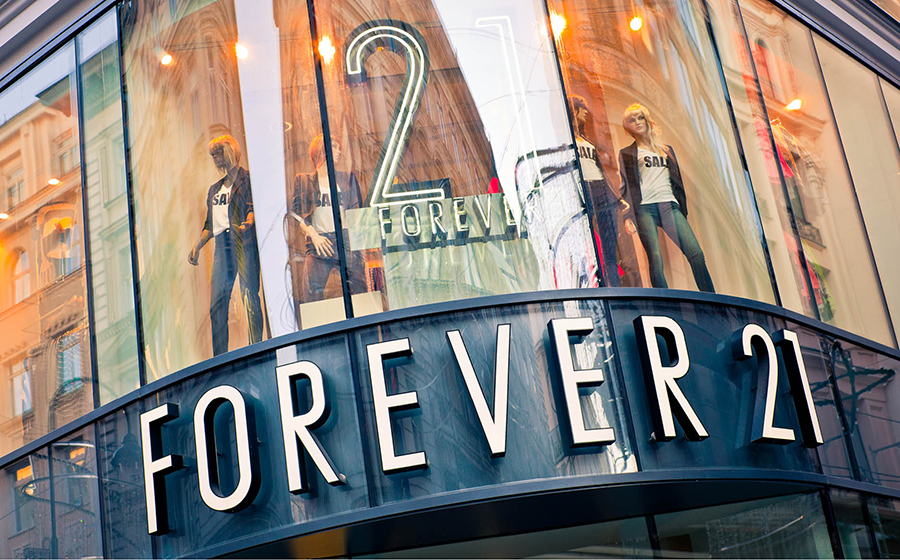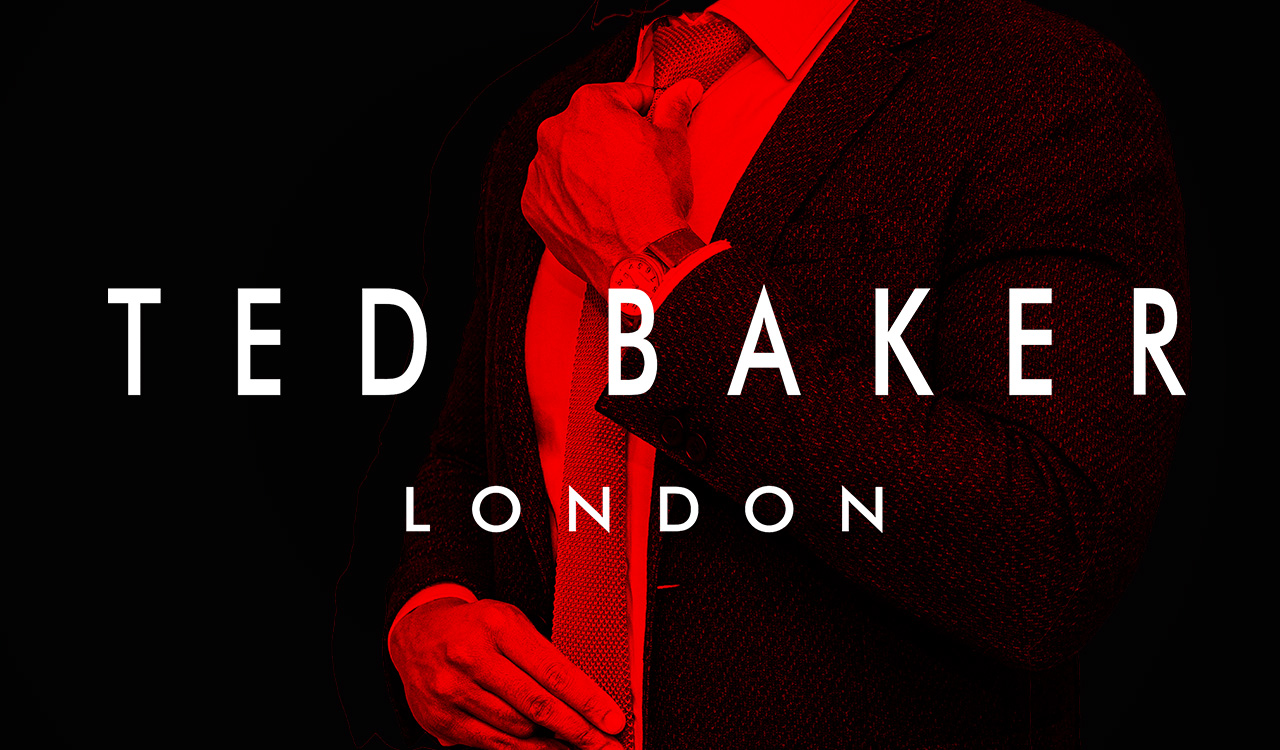Of course, Forever 21 is now on life support. On January 28, 2015, I wrote an article titled \”Uniqlo and Forever 21: What Are They Smoking?\”. It clearly predicted that Uniqlo would never become a dominant brand in the U.S., and why. It also predicted the demise of Forever 21 for the same reasons.
I will now predict that even if Forever 21 struggles out of bankruptcy, they will remain on life support until they realize the pain of dying is just too great and they finally pull the plug.
Let\’s start with Forever 21\’s path to death, AKA \”positioning drift,\” which I coined a while ago to describe why once-cool brands such as Esprit, Gap, A&F, JCrew, Victoria\’s Secret and many others died or are dying. These brands hit a \”cool nerve\” among young consumers, then they fueled their growth rocket by expanding the number of stores and channels as fast as possible, until their distribution was ubiquitous – a store on every corner, so to speak.
So, Forever 21, arguably the first fast-fashion brand to make it out of the discount mall circuit, with coveted styles and rock bottom prices, hit the \”cool nerve.\” It chased, and kept chasing consumers with more, and bigger stores, mostly in malls, all overflowing with the same stuff. All of a sudden, cool turned cold. It became predictable. And that is the death knell for young customers on the prowl for new, cool, surprise and delight. Bye, bye Forever 21. Adding to the downward spiral, millennials moved onto other brands such as H&M and Zara. Oh, then there\’s being stuck in dying impersonal malls, while a whole new Gen Z culture is discovering everything that\’s customized and personalized, or in shops and boutiques in their neighborhoods. And leveraging online is table stakes: one source stated that only 16 percent of Forever 21\’s revenues were generated online.
Furthermore, this new cultural psychographic (vs. cohort) has a set of values that favors quality over quantity, experiences overconsumption, saving over spending, authenticity over fake and serious concern about the environment and human rights over the accumulation of wealth and a world of stuff (way too much of which ends up in landfills or in the ocean).
So, it is not surprising that renting vs. owning, buying pre-owned goods, trading, recycling and now-coveted hand-me-downs are all sprouting and growing new industries that are serving up everything cool to this new culture.
The Final Nail in the Coffin
The most serious strategic misstep for brands and retailers is the positioning drift, from which they will never recover. They either crash like A&F, and seemingly Victoria\’s Secret, or they just die a long, slow death like the Gap. The reason for this, and why Forever 21 may struggle out of bankruptcy, but will ultimately die, is that the incoming new consumer culture has already labeled Forever 21 and the others as old-world brands that were once cool for their moms and dads, or older brothers and sisters. Get it? It\’s a brand positioning \”drift,\” and while the product may be a part of the drift to \”uncool,\” just repositioning the product will not change consumers\’ image of the brand name as old and uncool.
So, forget about revival and a return to opening up more and bigger buildings, dumping a bunch of stuff into them and then expecting that consumers will come back- particularly in the world\’s largest marketplace, the good old US of A. Oh my!!! Do I have to go through my rant, once again, about how over-stored we are? And worse, there are hundreds of more compelling competitors online and off, offering cool new-world products and services the new world consumer desires.
Sorry about that Forever 21.




